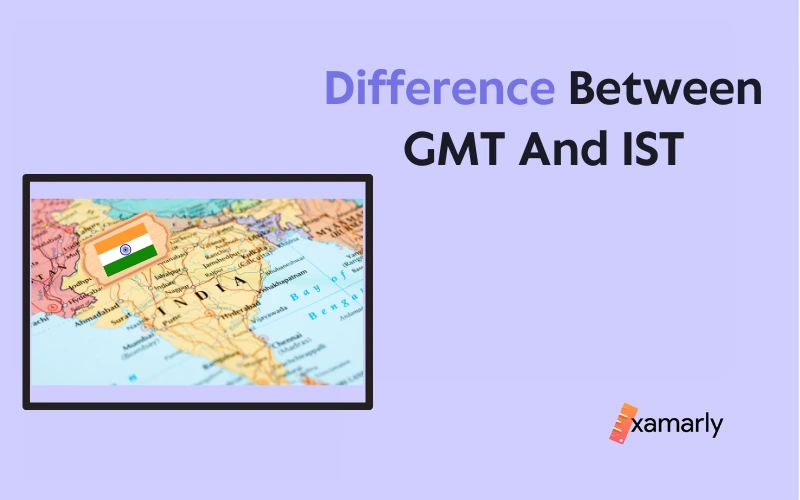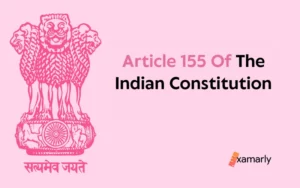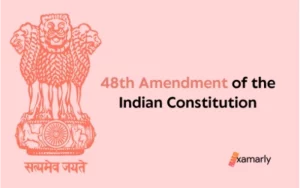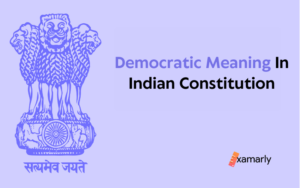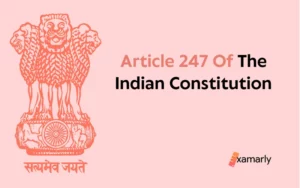Time is a fundamental aspect of our daily lives, and it is essential to understand how it is measured and represented in different parts of the world. Greenwich Mean Time (GMT) and Indian Standard Time (IST) are two widely used time zones that play a crucial role in coordinating activities and communication across different regions.
In this article, we will explore the difference between GMT and IST, the impact of these time zones on the daily lives of people living in these regions, and the importance of understanding these time zones when planning international travel or business communication.
The Prime Meridian, a line of longitude that goes through the Royal Observatory in Greenwich, London, serves as the basis for GMT, the time standard used in the United Kingdom. IST, on the other hand, is the time standard used in India and is based on the time at 82.5 degrees East longitude, which is the standard meridian of India.
While both GMT and IST have the same purpose of measuring time, they differ in their offset from Coordinated Universal Time (UTC).
This writing is beneficial for aspirants preparing for competitive examinations like UPSC.
- What Is GMT?
- What Is IST?
- What Is Daylight Saving?
- What Is The Difference between GMT And IST
- Conclusion
- FAQs On GMT Vs IST
- What Is A Meridian?
- What Is The Royal Observatory's Latitude?
- Which Nations Fall Under The IST Time Zone?
- India Has How Many Time Zones?
- Should India Have Two Time Zones?
- Which Nation Has The Most Time zones?
- What Is The Need For Standard Time Zone?
- In Greenwich Mean Time, How Does One Determine What Time It Is?
- Is Coordinated Universal Time (UTC) The Same As Greenwich Mean Time?
- How Does One Use Greenwich Mean Time?
What Is GMT?
GMT stands for Greenwich Mean Time. It is a time standard that is often used as a reference time, since it is the time at the Prime Meridian (0° longitude) which passes through the Royal Observatory in Greenwich, London, England.
Key Facts
- At the Royal Observatory in Greenwich, London, the Shepherd Gate Clock shows Greenwich Mean Time (GMT).
- The time in Greenwich is considered to be noon when the sun is directly above the Prime Meridian at its highest point.
- Every time zone on earth uses it as a point of reference. The UK, Greenland, Iceland, and Ghana are some nations that observe GMT.
What Is IST?
Indian Standard Time is referred to as IST. It is the time zone that is utilized or observed throughout the entirety of India. It is five hours and thirty minutes ahead of Greenwich Mean Time. India does not observe daylight saving time or other seasonal modifications.
At the moment, the Allahabad Observatory assists the Council for Scientific and Industrial Research’s National Physical Laboratory (CSIR-NPL) in maintaining and managing the Indian Standard Time.
Key Facts
- Given that calculations for India’s time are made for the nation, the clock tower in Mirzapur, which is located at 25.15° latitude and 82.58° longitude, is regarded as being the most significant.
- After the nation gained independence from the British in August 1947, this time zone became widely accepted.
- In spite of this, the standard time in Kolkata and Mumbai was not based on this until 1948 and 1955 respectively.
- Following that, the entire country adopted IST as its Standard Time and began utilizing it.
- Later on, in those years, the government took the decision to move the central observatory to Chennai and extend the standard time by 5:30 hours from GMT.
What Is Daylight Saving?
In order to make greater use of daylight, Daylight Saving Time (DST) is the practice of moving the clocks ahead by one hour from standard time during the summer and backward by the same amount in the winter.
What Is The Difference between GMT And IST
| GMT | IST |
| In order to help marine navigators, the Royal Observatory developed the Greenwich Mean Time in 1675. | When India gained its independence on August 15th,1947, the Indian Standard Time was created as the country’s official time zone. |
| It is considered equivalent to UT1 (the modern form of mean solar time at 0 degrees longitude) when GMT is calculated, however, this meaning might deviate from UTC by up to 0.9 seconds. | The Indian Standard Time (IST) is determined using the coordinates of a clock tower at Mirzapur, which are 25.15 degrees north latitude and 82.58 degrees east longitude. |
| GMT is rarely the precise time the Sun crosses the Greenwich meridian due to the Earth’s uneven angular velocity in its elliptical orbit. | The Time and Frequency Standards Laboratory of the National Physical Laboratory in New Delhi produces official time signals for both commercial and official purposes. The signals are synchronized with the global clock system and based on atomic clocks. |
| Actual time zones do not strictly follow meridian lines since legal, political, and geographical reasons are taken into consideration while creating them. The same is true for GMT as there will be differences between GMT used legally and GMT used geographically. | To adequately cover India’s vast geographic area, the IST is insufficient. The reason for this is that the distance from east to west in India is around 2,933 kilometers, which corresponds to 29 degrees of longitude. As a result, the sun rises and sets over two hours earlier on India’s eastern boundaries than it does on the country’s western borders. The government of India has, as of late, been paying attention to the suggestions that have been put forward to address this shortcoming by dividing the country up into multiple time zones. |
| The phrase “Greenwich Mean Time” is frequently used in the United Kingdom as well as in Commonwealth of Nations nations including Australia, New Zealand, and numerous other Eastern Hemisphere nations. | India and Sri Lanka observe Indian Standard Time, however, it draws its references from UTC (Universal Time Coordinate). As a follow-up to Greenwich Mean Time, the Universal Coordinated Time (UTC) has been devised. |
Conclusion
It is worth noting that, the time offset between these time zones changes with daylight saving time (DST) which is implemented in some countries. Therefore, it is important to be aware of the current offset between the time zones, if you are planning to travel or communicate across different time zones.
Overall, time zones are an integral part of our daily lives, and understanding the difference between GMT and IST is important for coordinating activities and communication across different regions.
In the interest of further readings:
FAQs On GMT Vs IST
What Is A Meridian?
A north-south line chosen as the zero reference line for astronomical observations is known as a meridian. It is feasible to create a precise sky map by comparing thousands of observations made from the same meridian.
What Is The Royal Observatory’s Latitude?
Latitude is determined by the distance north or south of the equator, whereas longitude is determined by the distance east or west of the Prime Meridian line. The units of latitude and longitude are degrees (°), minutes (′), and seconds (′′), with sixty minutes and sixty seconds making up a degree and a minute, respectively. By the original definition of Airy’s Transit Circle, the Royal Observatory is located at 51° 28′ 38″ N and 0° Longitude.
Which Nations Fall Under The IST Time Zone?
Countries in southern Asia mostly observe the time zone. The two nations of Sri Lanka and India are traversed by it. The time zone is also known as Indian, India Time (IT), and Indian Standard Time by those who live in it (IST). Daylight Saving Time does not affect India or Sri Lanka; they continue to observe Indian Standard Time throughout the year.
India Has How Many Time Zones?
India as a whole is divided into only one-time zone. The location of Shankargarh Fort in Mirzapur, Uttar Pradesh, which was chosen as the central meridian for India, is used as the basis for the calculation of the time zone. The longitude at this location is 82.5 degrees east. The Assam government wished to establish a different time zone for the entirety of the state as well as the other northeastern Indian states. A campaign was launched in 2014, but the Indian Central Government has not yet given it the go-ahead. The government would like to keep their being only one-time zone in order to avoid confusion and potential safety problems (railway operations and flights). The sun rises and sets in many parts of India far earlier than the scheduled working hours. Northeast India experiences early sunrises of up to 4 a.m. and late sunsets of up to 4 p.m., which reduces daylight hours and decreases productivity.
Should India Have Two Time Zones?
The national timekeeper of India has made the suggestion for two time zones. Researchers from the National Physical Laboratory (CSIR-NPL), which oversees the maintenance of Indian Standard Time, have published a study detailing the need for two time zones, with the new one being one hour ahead of the current one. The government stated in response to a question in Parliament that it has not made a decision about distinct time zones. Due to the complexity, a committee formed in 2002 did not advise the usage of two time zones.
Which Nation Has The Most Time zones?
France, with its many territories, has more time zones than any other country, totaling 12. Both the United States of America and Russia have eleven time zones, which puts them in a tie for the second-place spot.
What Is The Need For Standard Time Zone?
The administration and laws of a nation or a particular region are used to determine the standard time. Its purpose is to satisfy and synchronize that country’s or region’s numerous time zones to a standard time. Because there is a greater than the one-hour time difference between western and eastern India, 82°5 E Longitude, crossing through Naini near Allahabad, was selected as the standard meridian for the entire dominion of India. The westernmost point is approximately (+6:00 GMT), and the easternmost point is approximately (+5:00 GMT). To ensure that all of India is on the same schedule, we use the longitude that runs through central India.
In Greenwich Mean Time, How Does One Determine What Time It Is?
The time that is displayed in Greenwich Mean Time is calculated using the mean solar time that is observed at the Prime Meridian. This is estimated by looking at the sun’s location in the sky and figuring out how long it typically takes for it to return to its original position each day.
Is Coordinated Universal Time (UTC) The Same As Greenwich Mean Time?
Greenwich Mean Time and Coordinated Universal Time (UTC) are quite comparable to one another, although they are not identical. While UTC is based on the rotation of the Earth and is maintained precisely by atomic clocks, Greenwich Mean Time is built on the mean solar time at the Prime Meridian. Despite these distinctions, Greenwich Mean Time and UTC are frequently used synonymously, and the time in many parts of the world is given as an offset from either system, such as GMT+3 or UTC-5.
How Does One Use Greenwich Mean Time?
Numerous time zones all across the world use Greenwich Mean Time as their standard time. Every time zone that is fixed to GMT also observes noon when it is noon in Greenwich. This makes it simpler to arrange activities and connect with people throughout the world because it helps synchronise time between various places. Scientific study frequently uses GMT as a reference time because it offers a constant, uniform way to measure time that makes it possible to compare information from various places and times.


